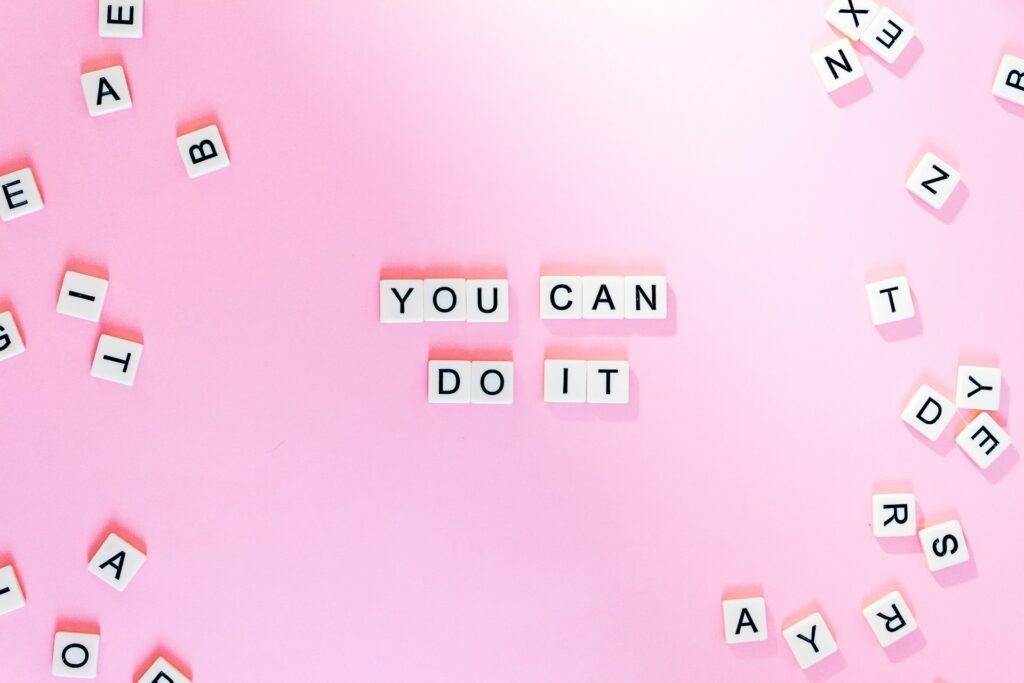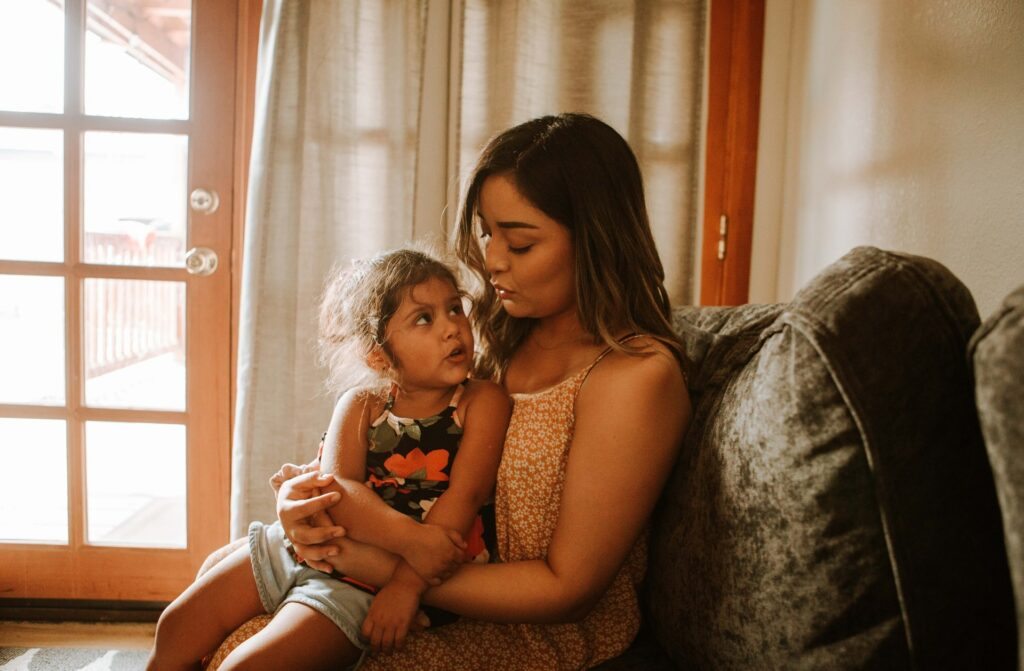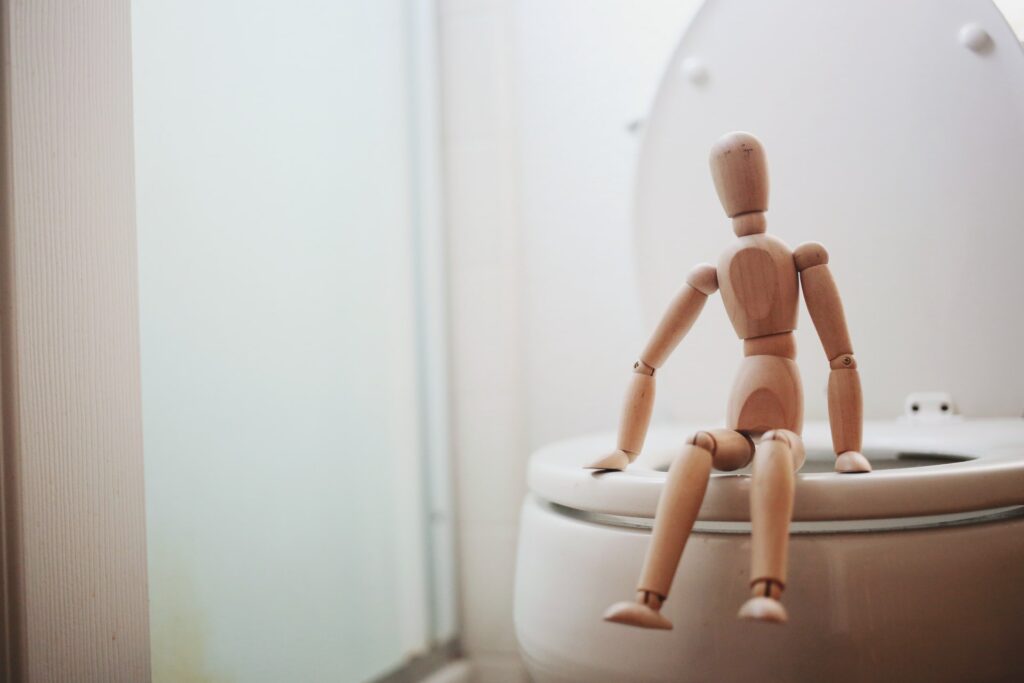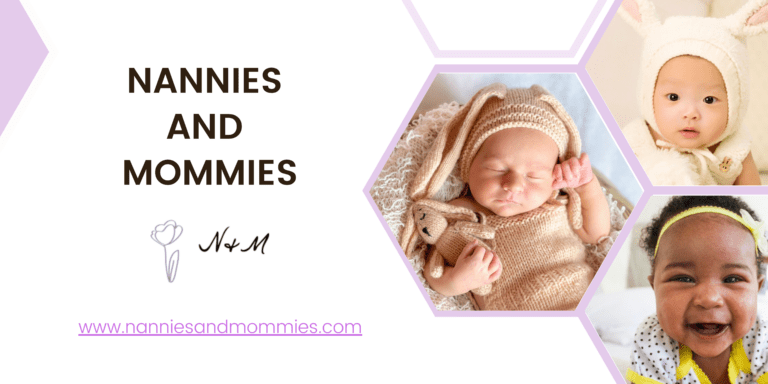Potty training is one of the biggest worries among new parents. So many questions arise about when to start and how to do it. Well-meaning grandparents, neighbors, and childcare workers all want to offer advice, but the fact is – you are the parent and only you will know when you and your child are ready.
When to Begin Potty Training
There is no magic age when potty training should begin, but most children begin to show interest at around two years old. Forcing the child to learn before they are ready will just lead to frustration for you and them.

Serious health problems, such as urinary tract infections and irritable bowel syndrome, can also develop if you teach your child to “hold it” for long periods of time. To make potty training fun and (mostly) easy, wait for your child to let you know they are ready.
Is My Child Ready?
A considerable portion of successful potty training depends on the child understanding the process and following instructions.
- Begin using words such as potty or toilet, pee, poo or BM.
- Your child should be able to walk to the potty by himself and sit unassisted for a few minutes.
- The child should be able to pull down a training pant or diaper,
- The child should be able to use words to voice their toilet needs
- The child should understand how to clean up after using the potty.
- The child follows simple commands (i.e. pick up the blocks and put them in the box).
If your child isn’t ready, don’t despair. Children mature at different rates. Just because the neighbor’s two-year-old is using the toilet and your 28-month-old is not, that does not reflect your success as a parent. Also, don’t let well-meaning grandparents or childcare workers push you into starting before your child is ready.
Signs to Look For
Every child is different and accomplishes tasks at different stages, but there are certain signs that your child may be ready for toilet training.
- Pulling off a wet or dirty diaper
- Staying dry for 2 hours or more
- Hiding in a corner to pee or poop
- Following others into the bathroom
- Flushing the toilet
- Waking up dry from a nap
- Telling you after they went pee or poo in their diaper
- Specific body movements or facial expressions (i.e. the pee-pee dance)
Not all children display all these signs, but you should begin talking to your child about the potty if you notice any of these behaviours.
How to begin
Let your child go into the restroom with you and talk to them about what is going on. (ie. I am going potty because I felt like I needed to pee.) Explain the need to flush and wash hands.

Let the child flush the toilet. Have them stand on a stool and wash their hands while you wash yours.
Take the child shopping for training diapers and a potty chair. Let them help pick it out. Make a big deal about it.
Visit the library or bookstore for books about potty training. Many children’s authors have written about popular characters going through toilet training.
Purchase or make a potty training chart and choose stickers in the shape of favorite cartoon characters.
Encourage the child to use his potty words when you are changing his diaper.
Let the child sit on the potty with their diaper on while you read a story, or they play with a favorite toy. This eliminates the scary newness before toilet training begins.
After the child has gotten used to the potty chair, start having him sit on it immediately after waking up in the morning or at naptime. If he goes, praise her and put a sticker on the chart. If not, tell him you will try again in a few minutes.
Remind your child about the potty every thirty minutes or so. Make sure he sits on the potty at least once every hour.
Always use verbal praise, even if he only sits there for a minute and does not go. Silly songs, hugs, high fives, and crazy laughs are all types of praise children respond to.
Helpful Tips

If you are training a boy, start out with him sitting down to use the potty. He will be ready to stand and urinate after he has control of when he needs to go.
If your child seems interested but refuses to use the toilet, it’s okay. Stop working on potty training for a few weeks. Watch your child to see when he shows interest again.
Some children get off to a great start, then suddenly decide they don’t want to use the potty anymore. That’s a regular occurrence. Just take a break for a week or two. If the child is still not showing interest, try a new reward system or purchase some big boy underwear. Remember that it should be fun for the child.
Be patient!! Accidents will happen. Children will mess on the floor. Clothing will be soiled.
Don’t scold or punish. If the child is doing something naughty, like smearing feces on the wall, explain the problem and have them help clean it up. Do NOT yell or hit the child.
Try potty training when it is warm in the house so your child can run around in just a shirt and a training diaper.
Make sure clothing is a little loose and easy to remove. Now is not the time for those cute overalls or a fancy party dress.
Be consistent. Don’t use potty training at home but rely on diapers when going to Grandma’s house or the store.
Always have the child try to go when you are near a restroom. Always!
After two weeks of consistent potty use with no accidents, go shopping for big kid underwear. Make a big deal out of selecting the ones the child wants.
Don’t set yourself up for failure
Potty training should not occur if significant life changes are happening in your world. The stress, crazy schedules, and lack of consistency set you and your child up for failure.

Here are some things that will keep you from success.
- When a new baby is due within the next few months
- When moving from a crib to a bed
- When breaking from a pacifier or bottle
- When weaning from breastfeeding
- When going on a long car or airplane trip
- During an extended stay with relatives
- Over the holidays when stress is highest
- When starting at a babysitter or daycare
- When the child is sick
Summary
Potty training should be an exciting, enjoyable time for the parent and the child. Watch for signs that your child is interested and ready for toilet training. Begin exposing them to good restroom habits as soon as they show interest. Establish a routine and a reward system. Be consistent with the words you use and the praise you offer. Never scold or fuss because accidents will happen. When the child has been successful every day for a few weeks, go shopping for big kid underwear. Give lots of verbal praise, love, and hugs.

